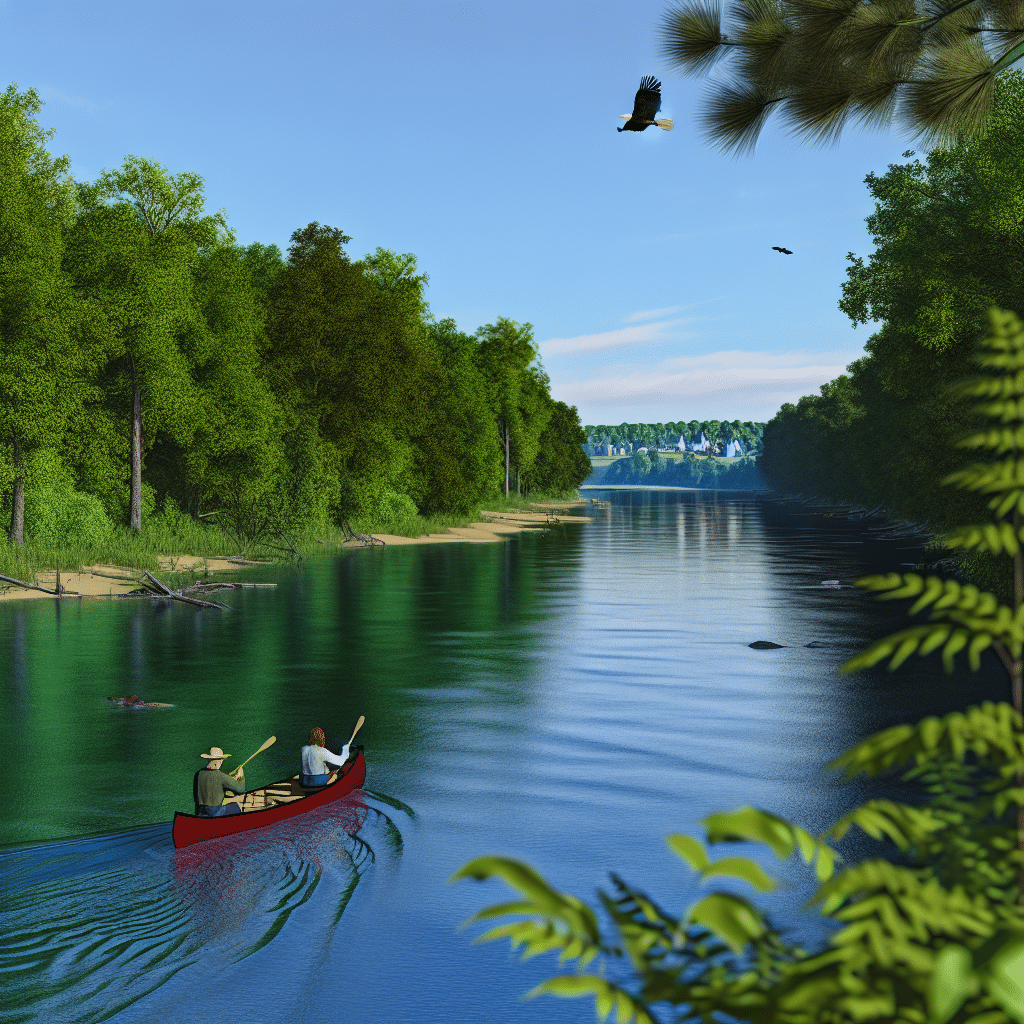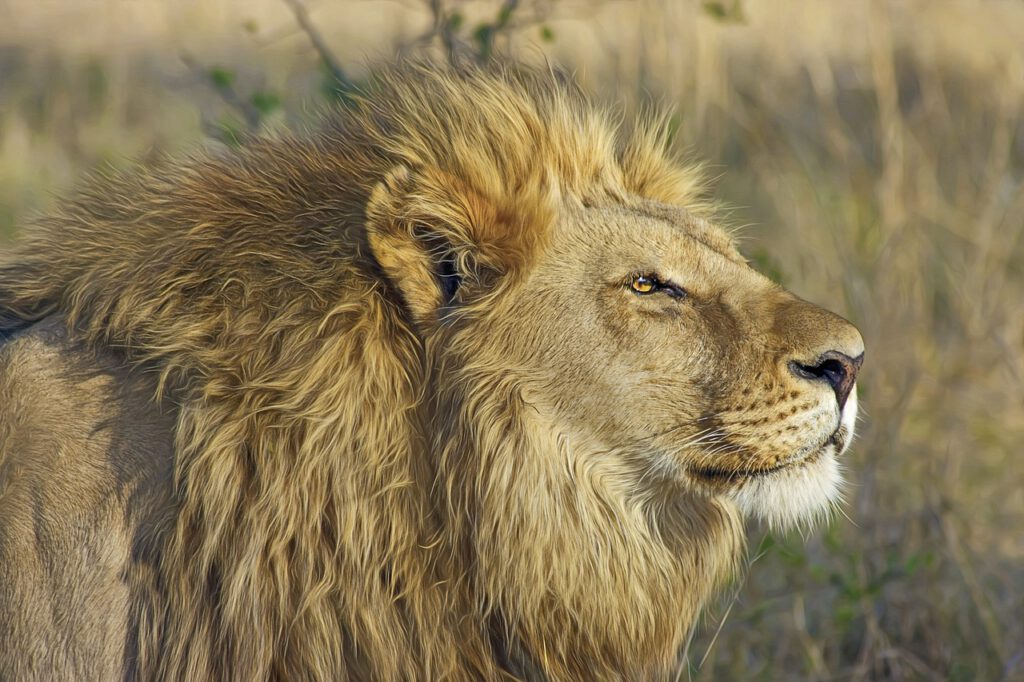Foraging for wild mushrooms has become an increasingly popular pastime, blending outdoor adventure with the thrill of discovery. Morel mushrooms, in particular, are a sought-after delicacy known for their unique flavor and texture. Morel mushroom hunting in Wisconsin provides the perfect backdrop for this exciting activity, thanks to the state’s diverse ecosystems and favorable growing conditions.

Why Hunt for Morel Mushrooms in Wisconsin?
What Makes Wisconsin Ideal for Morel Hunting?
Wisconsin’s varied landscapes, from dense forests to gently rolling hills, create an ideal environment for morel mushrooms to thrive. Morels typically appear in the spring, often shortly after the first warm rains. The state’s rich soil composition, combined with ample moisture, provides the perfect setting. In addition, many parts of Wisconsin are known for their healthy populations of trees like elms, ash, and oaks, which are often found near morel mushrooms.
When and Where to Look for Morel Mushrooms in Wisconsin
When is the Best Time to Hunt?
The morel mushroom hunting season in Wisconsin generally occurs from late April to early June. The timing can vary based on local weather conditions, and more experienced hunters often check soil temperatures, which should be between 45 and 55 degrees Fahrenheit for optimal growth.
Top Spots to Uncover These Culinary Treasures
State parks and forests are popular hunting grounds for morel mushrooms in Wisconsin. Areas such as the Kettle Moraine State Forest and the Chequamegon-Nicolet National Forest are known to yield bountiful finds. Remember to always check for any specific rules or required permits when foraging in public lands.
Felled or decaying trees can also be great indicators. Morels tend to grow near dead or dying elm, ash, and apple trees. Areas that have recently experienced a fire can also be surprisingly fruitful, as morels are known to sprout in post-burn environments because of the unique changes in soil chemistry.
Morel Mushroom Identification and Safety
How to Identify Morel Mushrooms?
Correct identification is crucial for any mushroom hunter. Morels are distinctive for their honeycomb-like appearance and come in varying shades of brown and gray. Their caps are conically shaped and attached directly to the stem. Unlike poisonous lookalikes such as false morels, true morels have hollow stems and caps.
Safety First: Avoiding Dangerous Lookalikes
While morels themselves are relatively easy to identify, caution is essential because the consequences of consuming the wrong type can be severe. False morels, for instance, can appear quite similar but have toxic properties that can lead to serious illness. Always cross-reference multiple identification guides and consider consulting with local mycological societies or seasoned hunters to ensure safe foraging.
Ethics and Sustainability in Morel Mushroom Hunting
How to Practice Responsible Foraging?
Ethical foraging is vital to ensure that morel mushroom populations remain robust for future seasons. Harvesting only mature mushrooms and leaving some behind to spore helps sustain their growth. Furthermore, using a mesh bag for collection allows spores to disperse as you move, aiding in the mushrooms’ natural propagation.
Lastly, always respect private property and public lands by adhering to local regulations to maintain the balance of these ecosystems.
Conclusion: Embrace the Thrill of Morel Mushroom Hunting in Wisconsin
Morel mushroom hunting in Wisconsin offers a unique blend of adventure, nature appreciation, and culinary delight. With the right knowledge and a keen eye, you can enjoy this rewarding activity while contributing to the sustainability of these fascinating fungi. Happy hunting!



